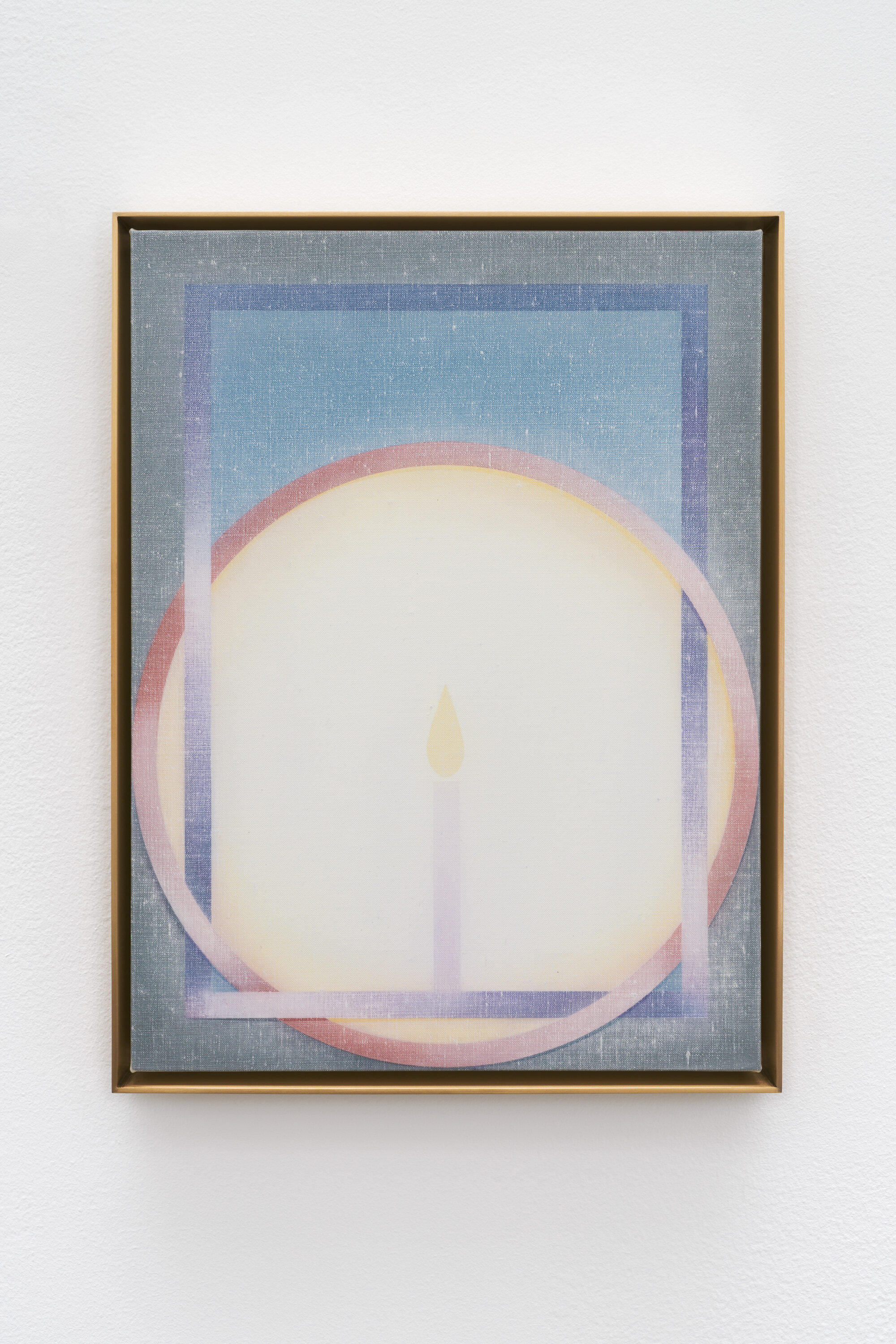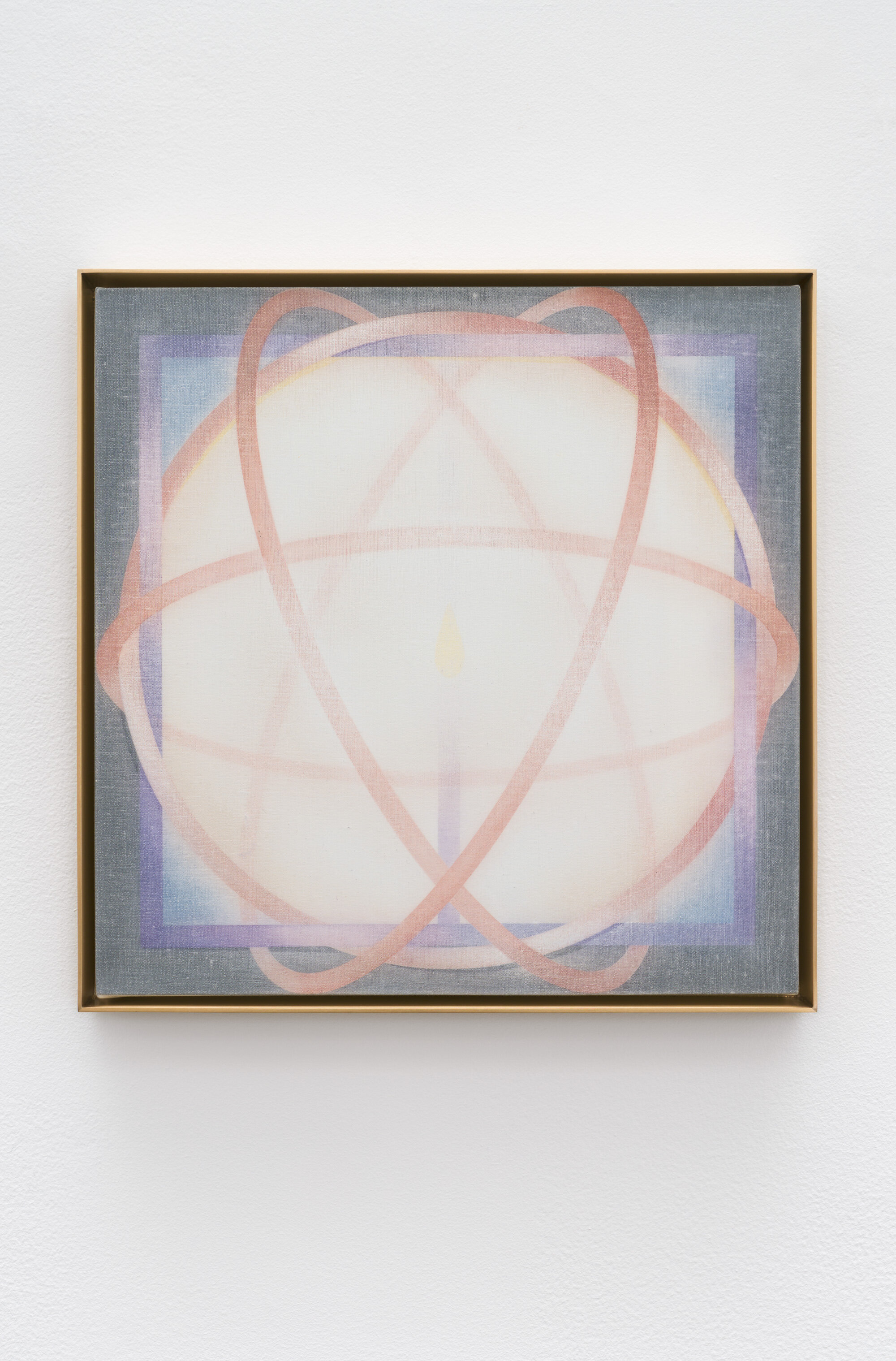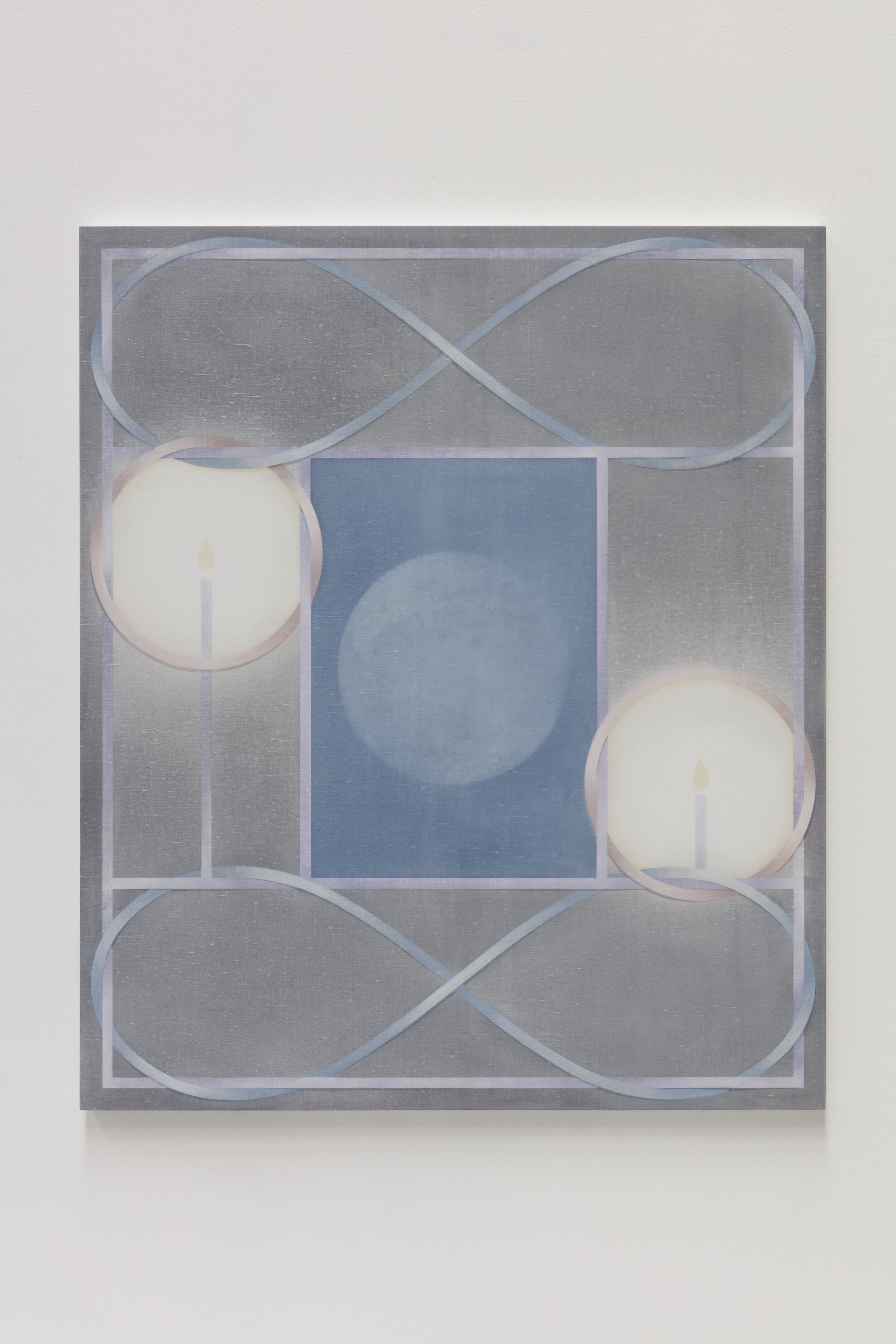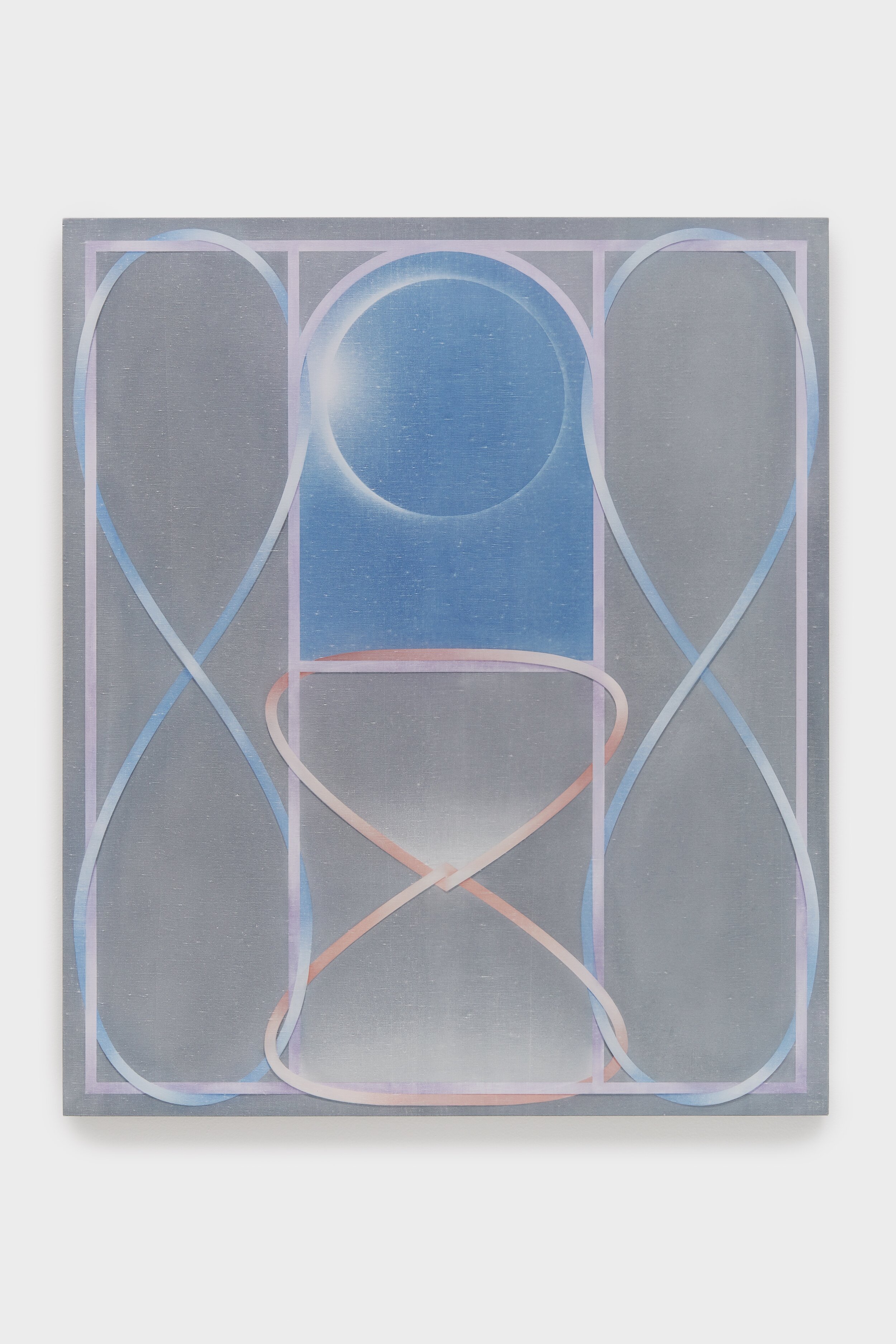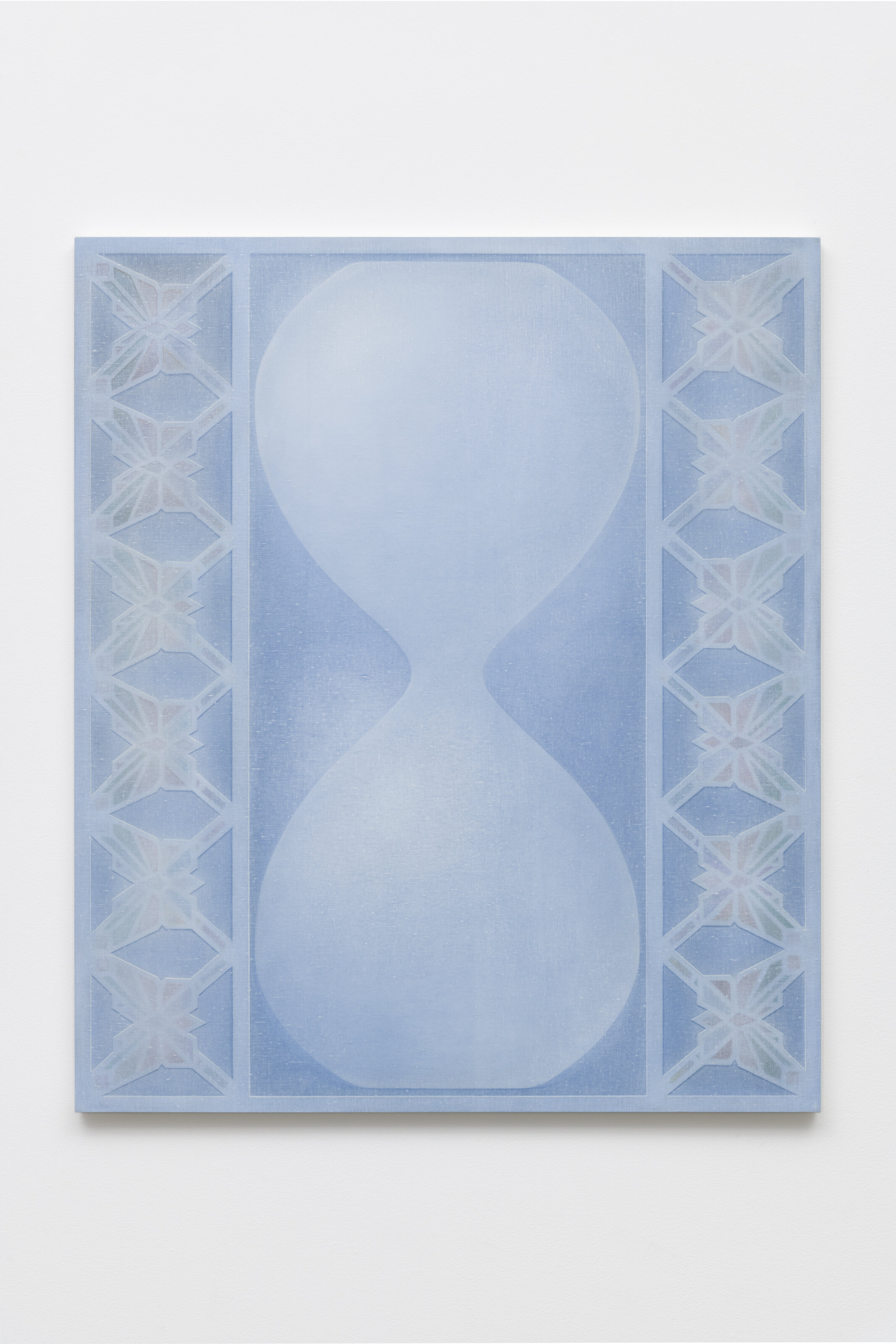Theodora Allen: Light Pollution

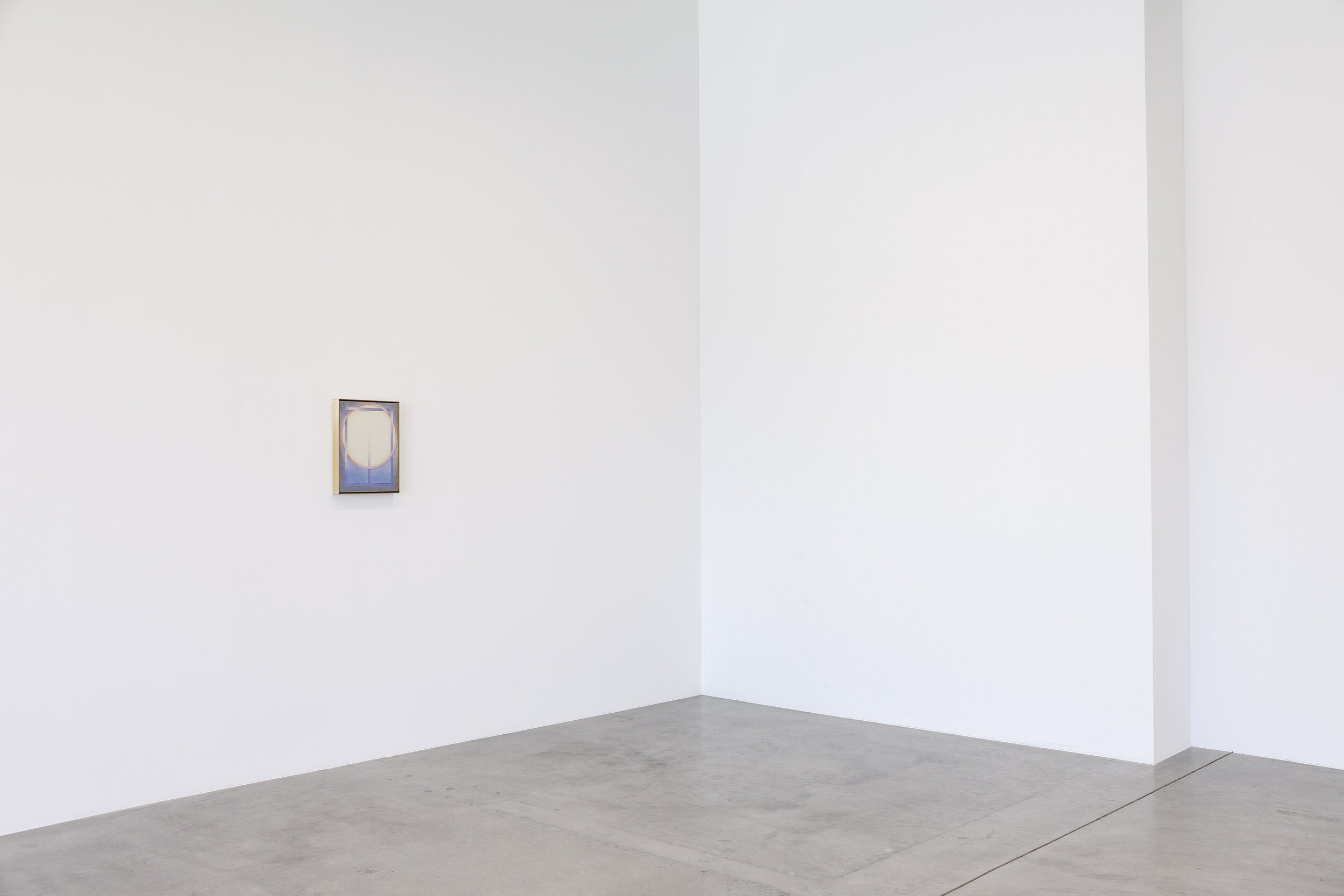
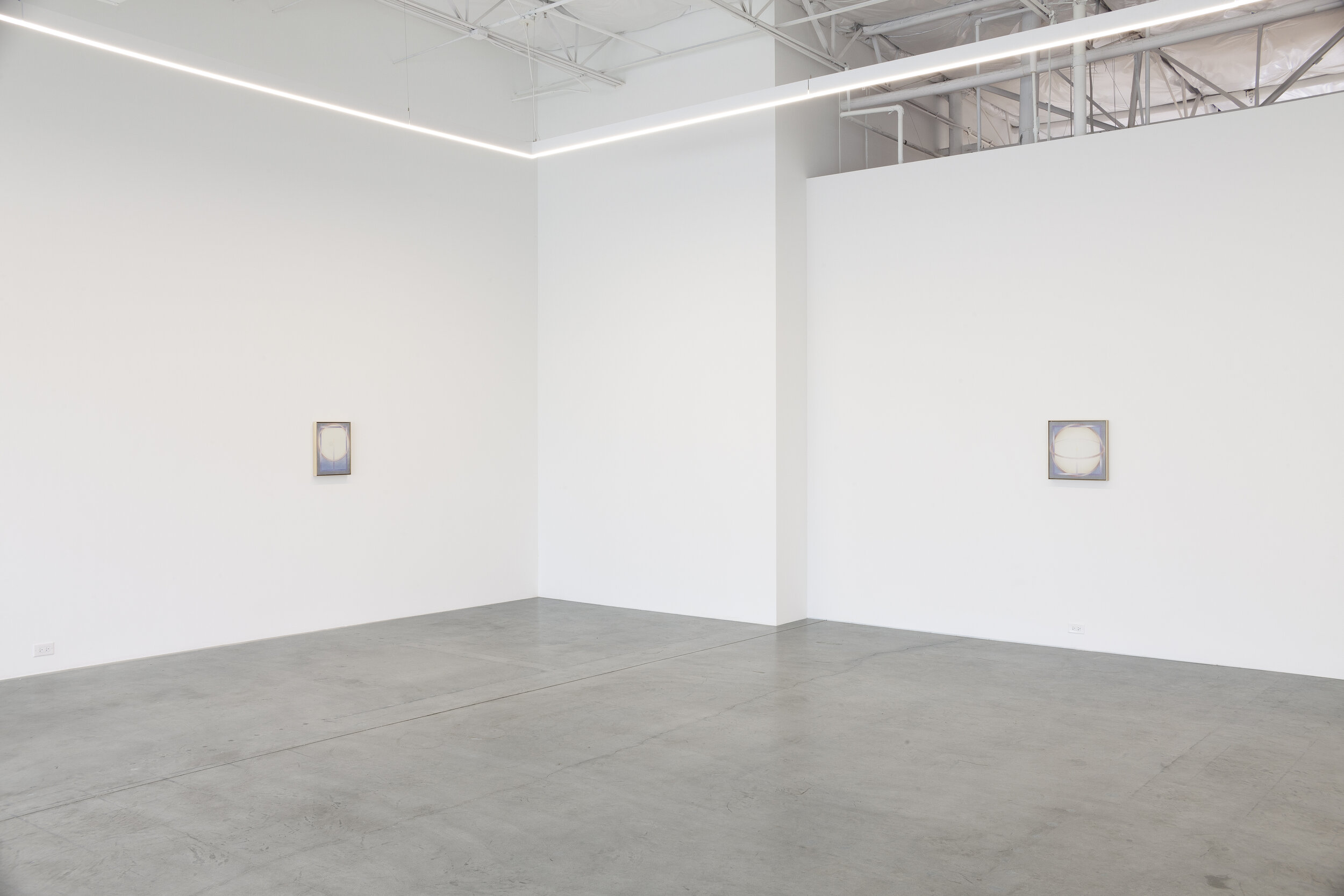
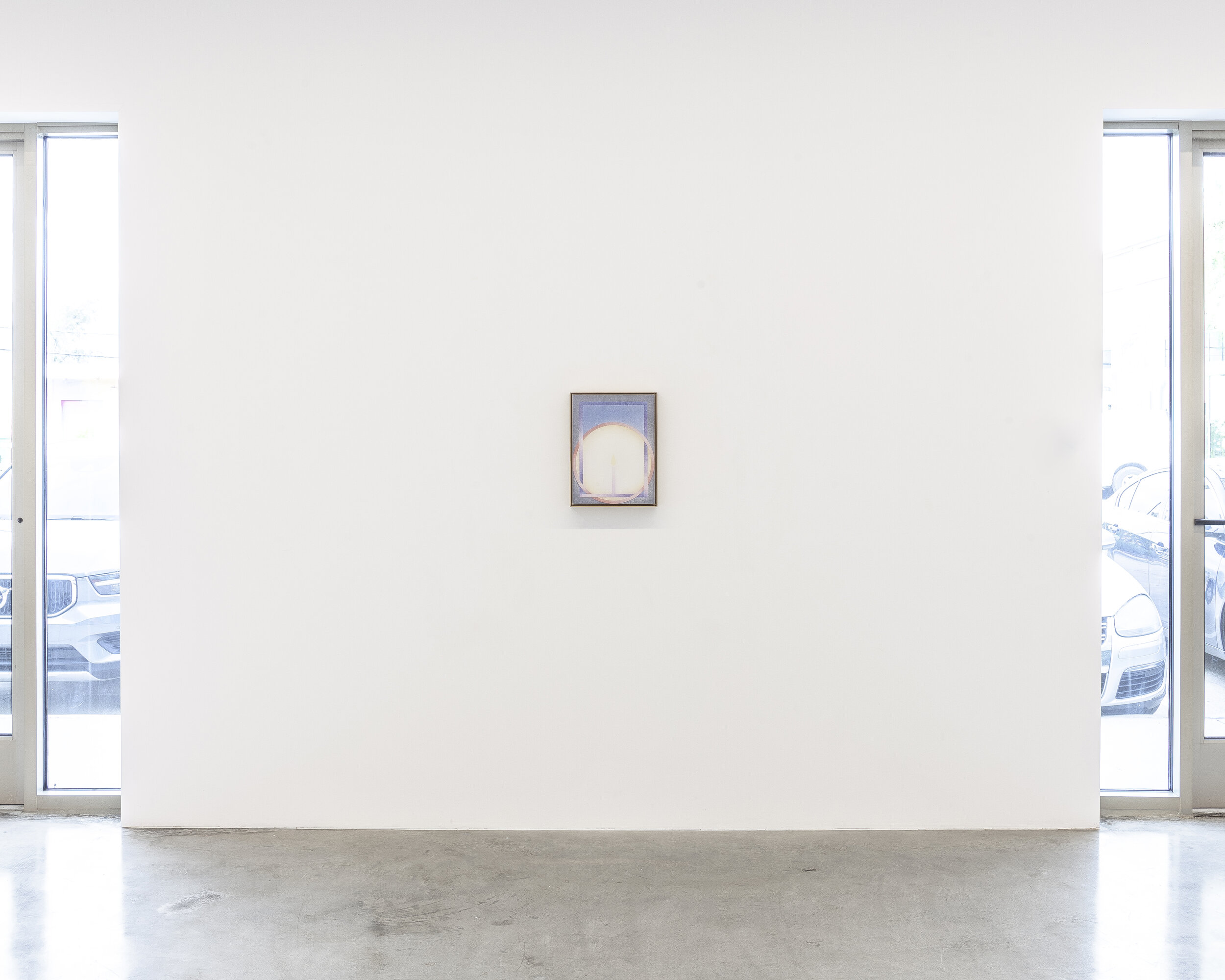
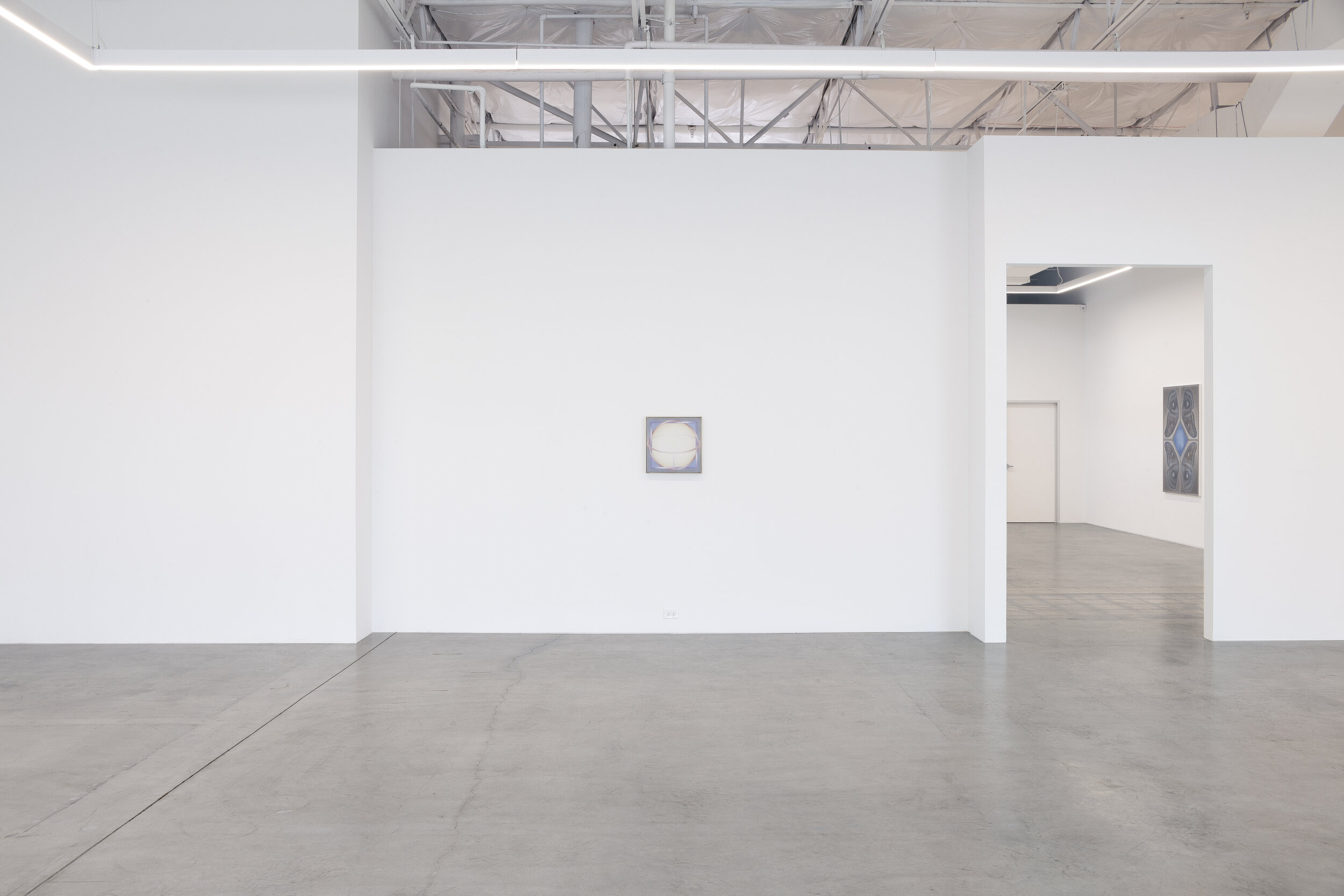
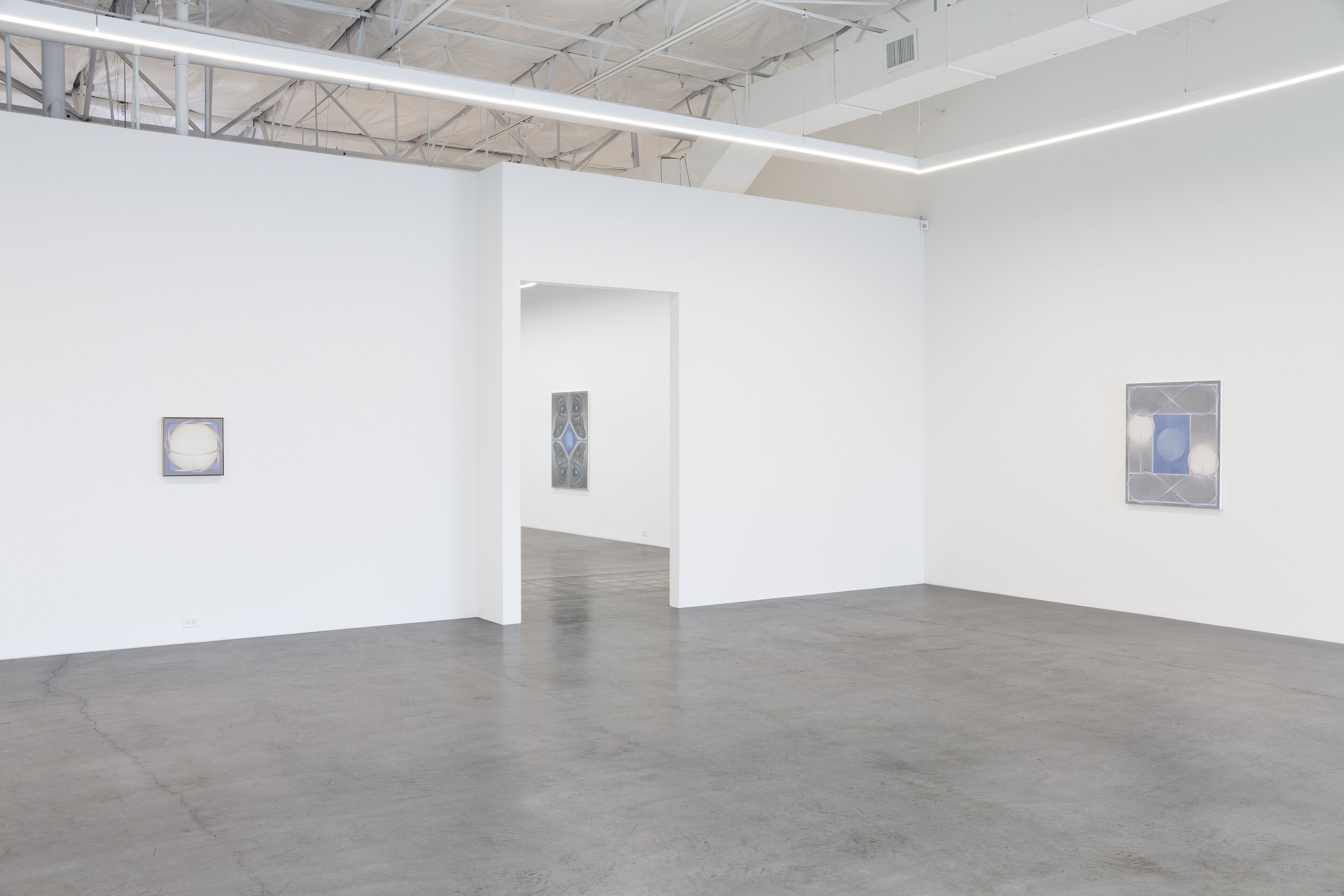
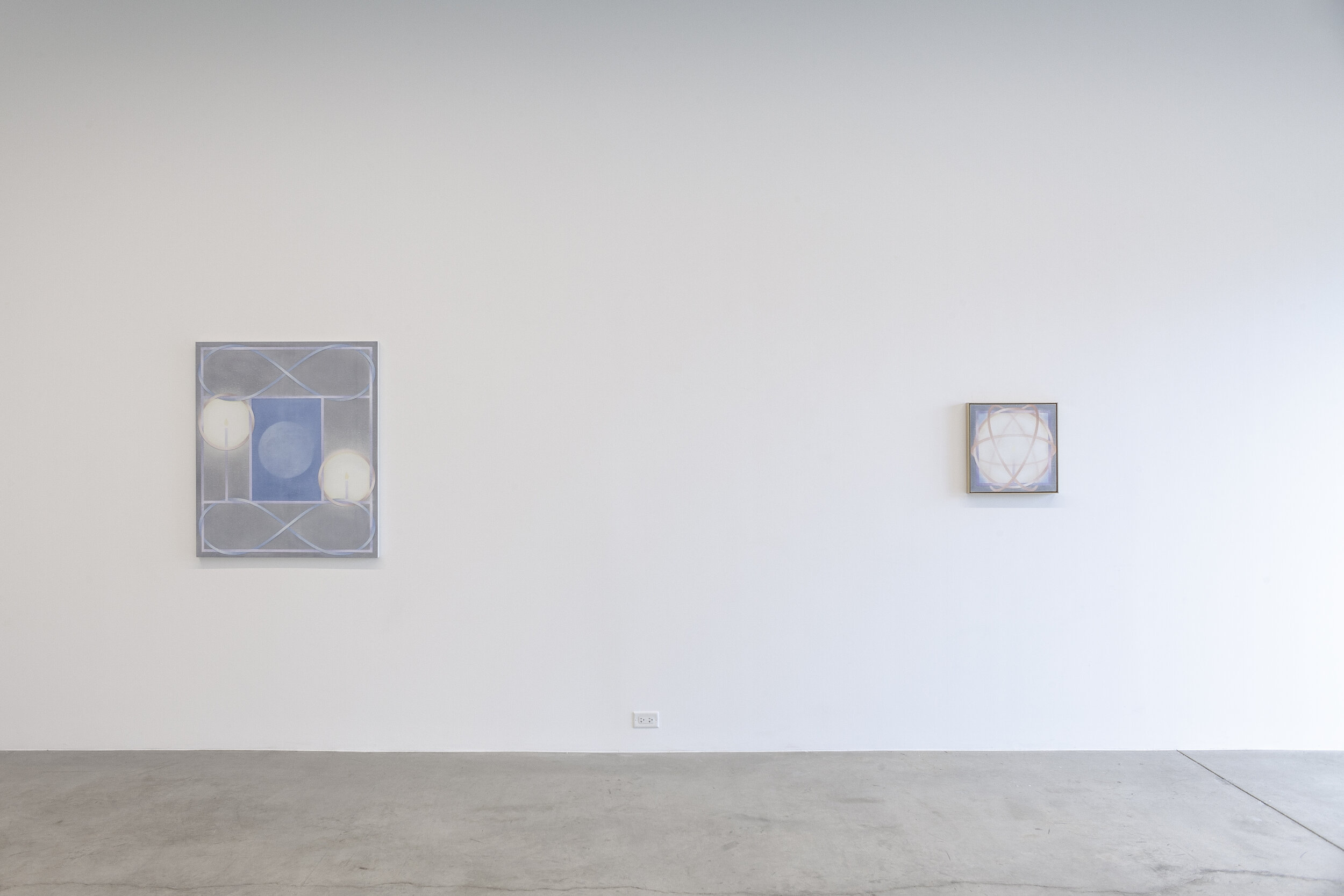
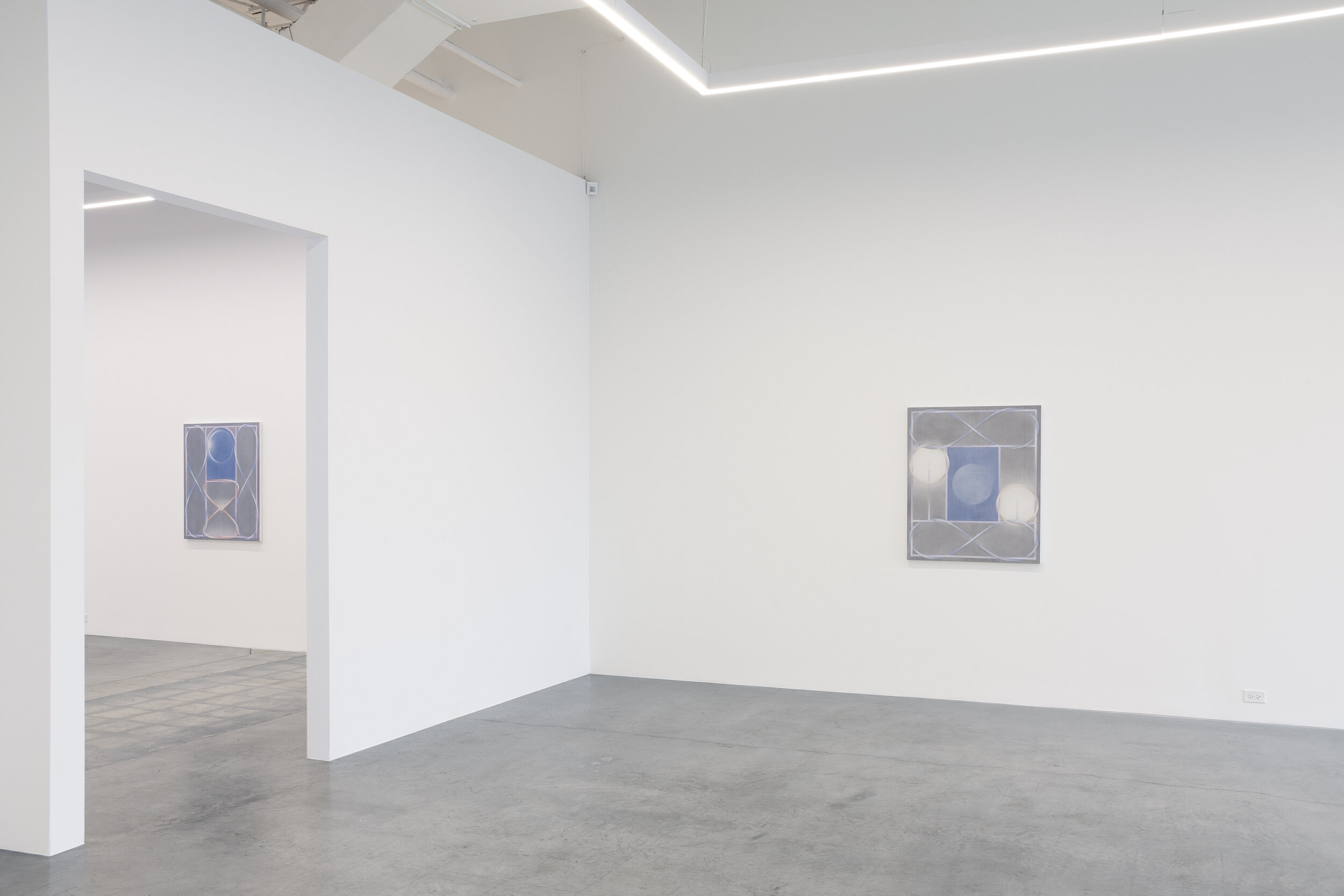

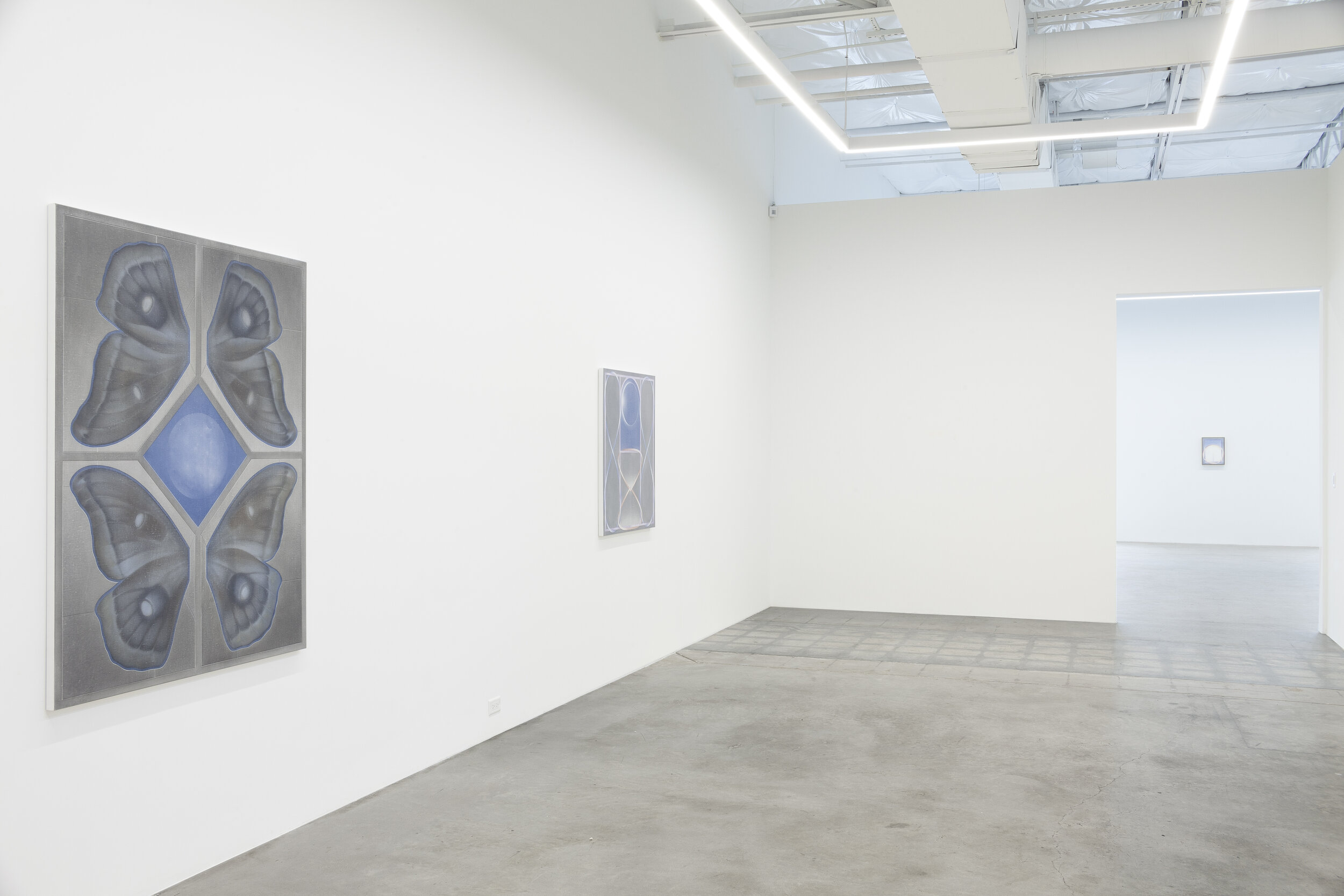
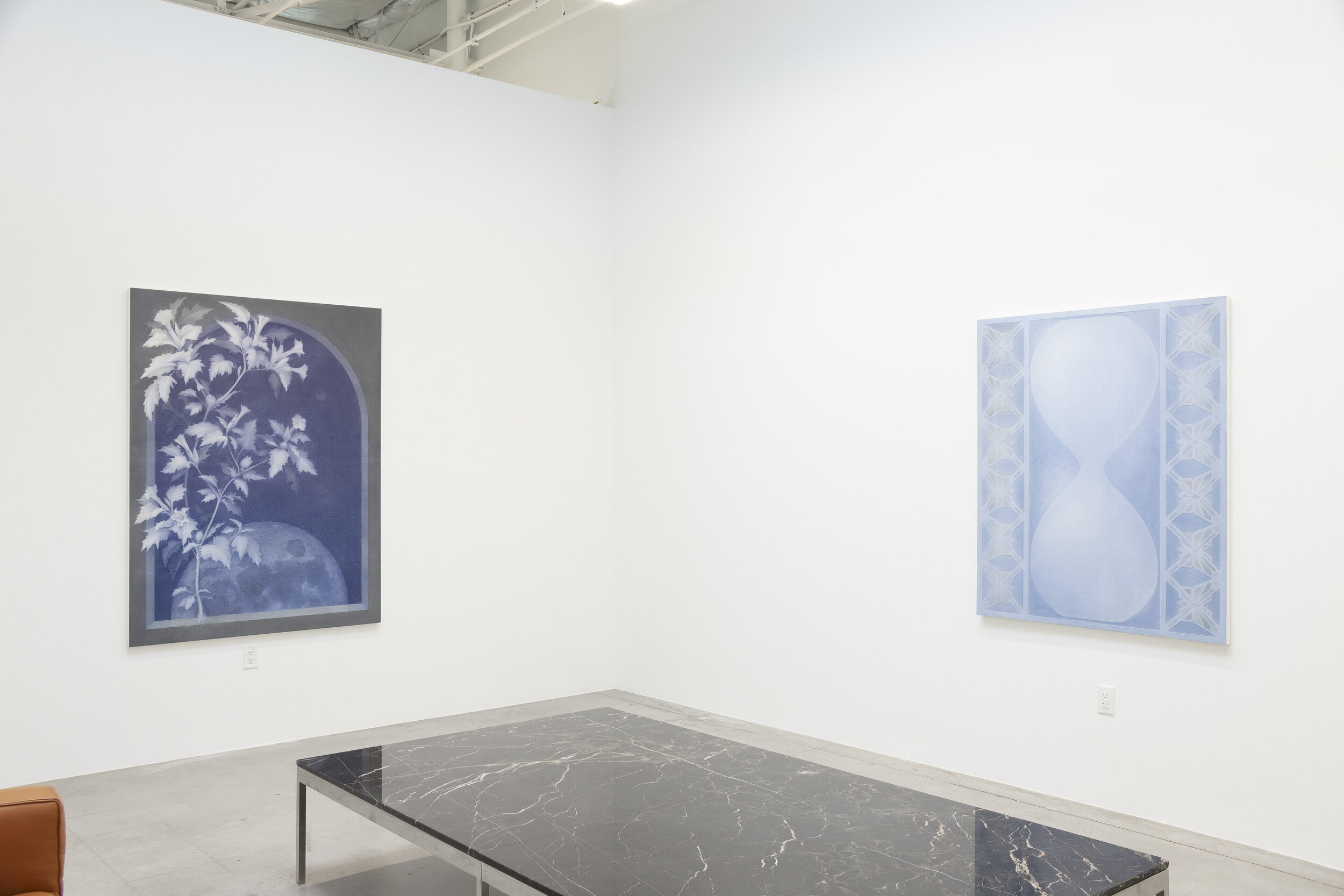
12.26 is pleased to present Light Pollution, a solo exhibition of new works by Los Angeles- based artist Theodora Allen. Featuring seven paintings from the artist’s series entitled Moth to the Light: A Sequence (2020), the compositions span emblematic representations of various natural phenomena and forms, from moons and moths, to flames and molecular geometry. Realized in Allen’s signature process-based approach, each canvas distills its rune-like appearance through light-emanating formalism—hovering between the almost believable soft silvery cast produced by moonlight, and the trompe l’oeil apparition of metal barriers. Within the language of painting and nature, Light Pollution adopts dual meaning; the presence of anthropogenic light, a disruptive imposition upon the darkness of nocturnal skies, alongside the delicate touch of the artist’s process, in which layers of pigment produce an opacity that dims the light of the image, one tint tainted by another, as it is brought into being.
In the Pharmakon, Plato proposed the human perception of color was the result of a “visual fire” that burned between our eyes to behold. In Light Pollution, Allen’s work draws us into a space where the language of color and fire are intertwined through an elemental color palette—the residual glow of iron as it cools, an evaporating crimson. Of all visible hues, it is the artist’s specific preoccupation with blue that traces this history of vision in ways that are not merely aesthetic, but also culturally and emotionally versed.
Blue: the color of frost, of the sea, of flames, at their hottest temperature, of sky, of bruises, of the clouded apparition of blindness; of the light of the moon, which measures red on a spectrometer. It is a color that carries an index of intimacy and distance, heat and iciness, the personal and the universal. It infiltrates the most common question: why is the sky blue? The answer lies in the ways in which light interacts within our atmosphere. As Maggie Nelson recounts in her treatise on blue, “The color of any planetary atmosphere viewed against the black of space and illuminated by a sun-like star will also be blue...something of an ecstatic accident produced by void and fire.” The relationship between blueness and fire is one that has effectively ‘colored’ our material surroundings. Blue is the only pigment that does not burn off in the kiln, that is not fugitive to fire. It is for this reason that white and cobalt porcelains have maintained the same palette over centuries. It withstands.
This concept of enduring markers of time is explored in the symbolic nature of Allen’s recent works. In Infinitude No.1 (Moon Window) (2020) and Infinitude No.2 (Eclipse) (2020), the illumination of Allen’s subjects are interlocked within a mobius strip, an atomic structure that functions like a figurative frame. Featuring both a full moon and an eclipse, the lunar subjects are surrounded by the delineation of infinity ribbons that run either horizontally or vertically along the outer tripartite border, paired with a diagonal composition of spheres in the former, and an interwoven hourglass that snakes between foreground and background in the later. Each of the paintings portray a type of cyclical time; one that stretches perpetually as time runs out, reflected in the cycle of the moon at its most divergent stages. In four compositions of centrally-composed candles—The Atom No.2 (2020), The Planet No.2 (2020), Dusk No.2 (2020), and Dawn (2020)—a limited set of geometric shapes encompass the various single tapers, transforming each into a cipher. From the Watchtower (Double Moth No.4) (2020) pictures two sets of moth wings, set into a quadrant whose gray field frames a diamond in the center of the canvas. Within this geometric porthole, a full moon—low contrast and underdeveloped, such as one that would be seen against the bright sky of daylight— carries an almost gemstone appearance, opalescent and glinting.
Carrying the effect of die cut metal, or of armor, the work distills Allen’s manner of representation and the ethos of Light Pollution, which recall author and avid butterfly collector, Vladimir Nabokov’s description of the Polyommatus, a blue genus, “I discovered in nature the nonutilitarian delights that I sought in art. Both were a form of magic; both were a game of intricate enchantment and deception.” Allen’s paintings achieve both.
—Stephanie Cristello
Theodora Allen (b. 1985, Los Angeles, CA) holds an MFA in painting from the University of California, Los Angeles, a BFA in painting from Art Center College of Design, Pasadena, CA, and has completed a residency at Skowhegan School of Painting and Sculpture, Skowhegan, ME. She is represented by Blum & Poe, Los Angeles/New York/Tokyo, and Kasmin, New York. Her forthcoming solo exhibition Saturnine opens at the Kunsthal Aarhus, Denmark, in 2021 with a monograph published by Motto Books, Berlin

